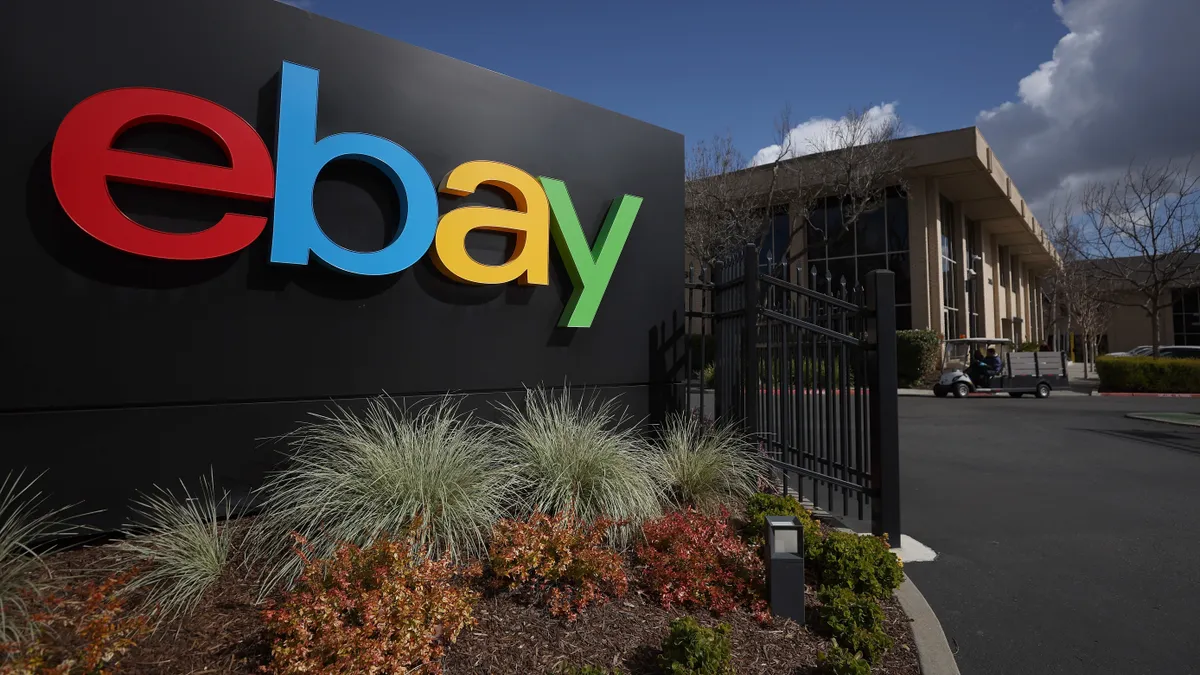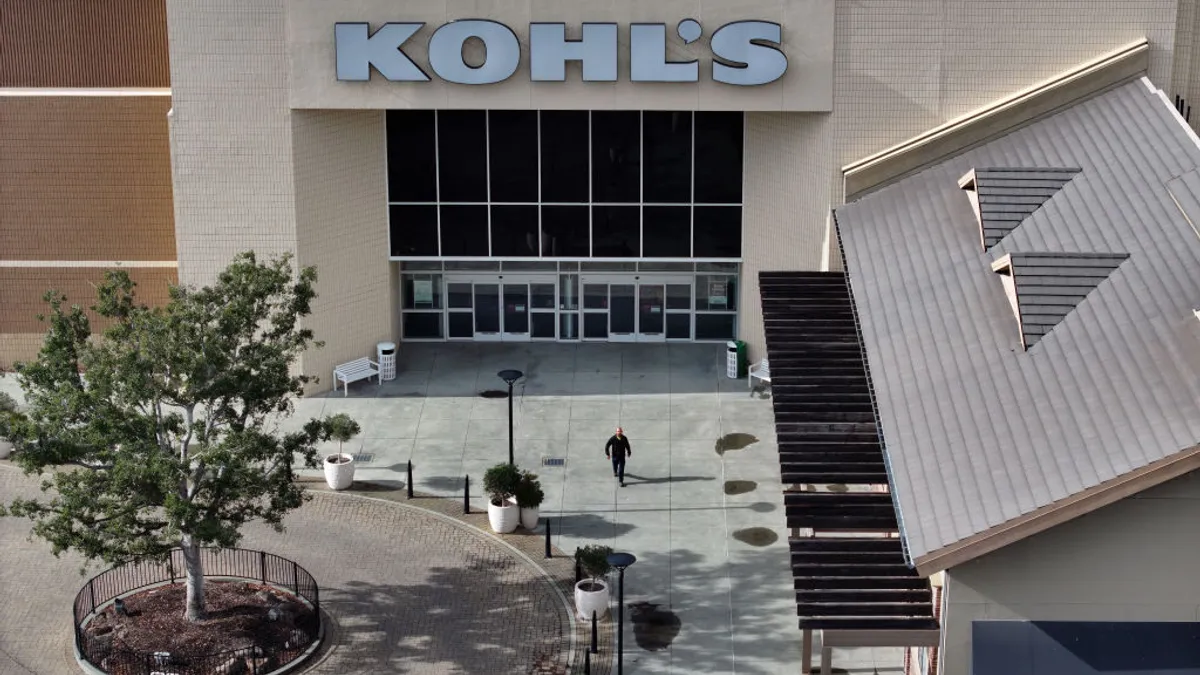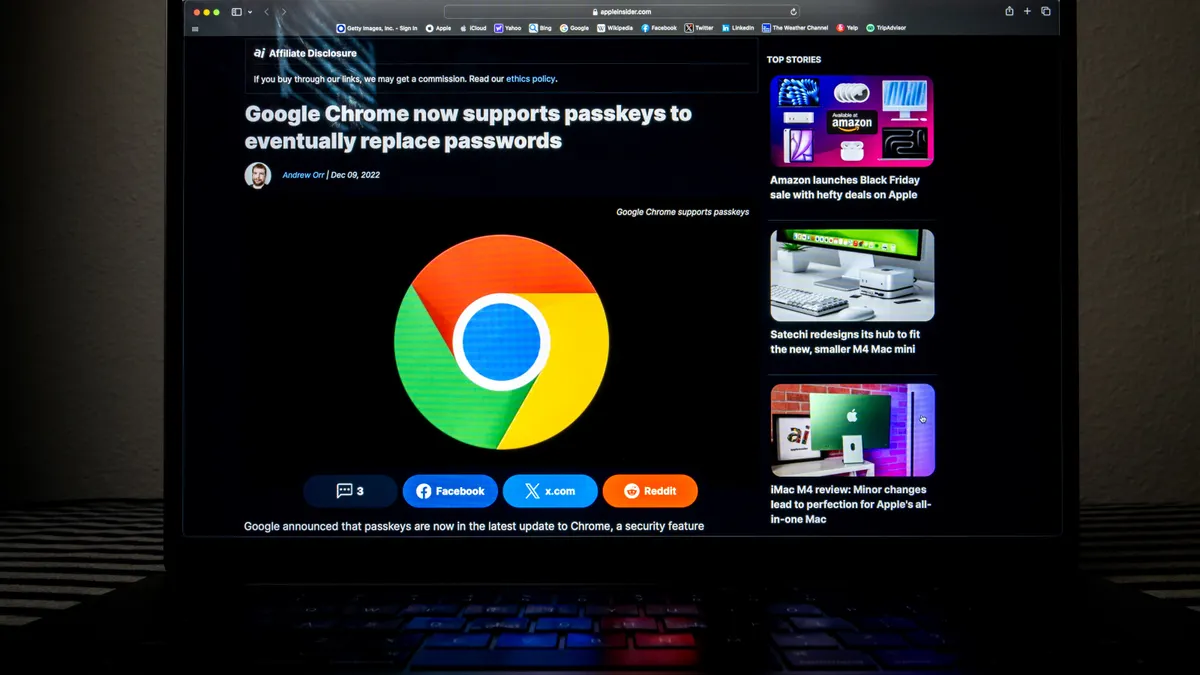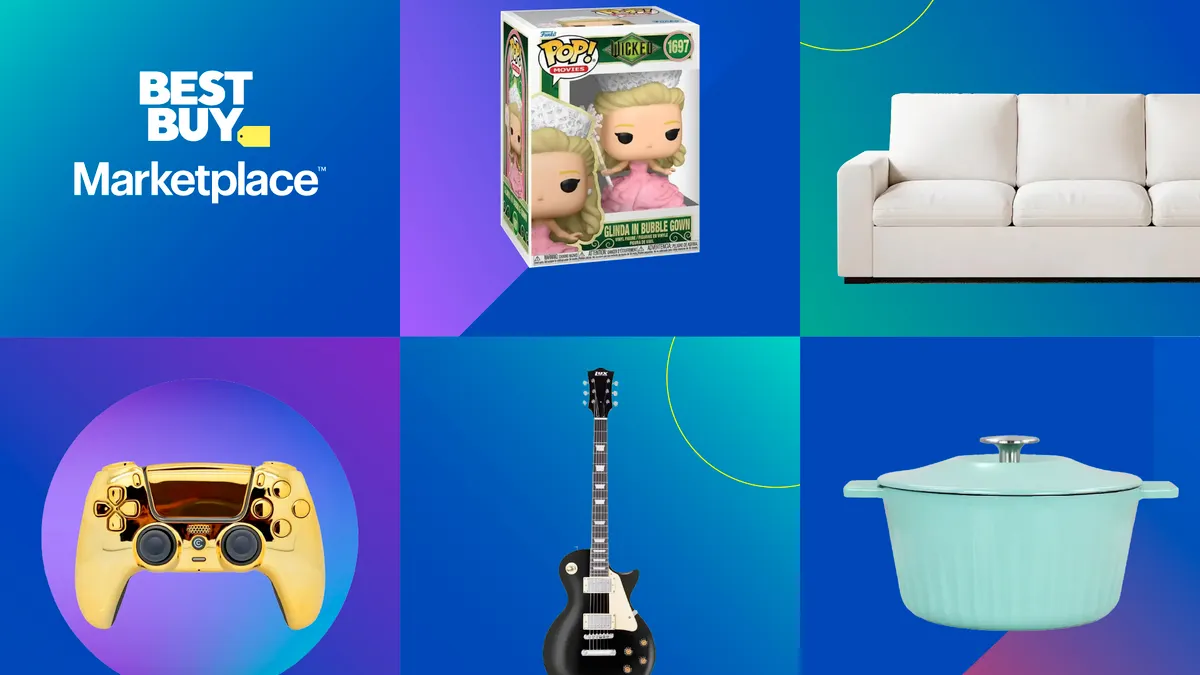For weeks and even months last year, forecasts indicated that holiday sales numbers would be high. What was unexpected — even by analysts — was how exceptional those numbers would be.
The 2018 holiday season shattered records. And the numbers are still rolling in, with the final tally of all sales expected to be fully realized in the coming weeks.
Adobe Analytics, whose latest data revealed numbers from Nov. 1 through Dec. 19, places online spend at $110.6 billion — a year-over-year increase of 17.8%.
Furthermore, a Mastercard SpendingPulse report, which analyzed retail sales across all payment types, detailed a 5.1% increase in holiday sales. The $850 billion spent by consumers was the highest number of retail sales recorded in six years.
At first glance, it may seem like the holiday spirit worked its magic to compel people to open their wallets. But, a closer examination reveals that the success of the 2018 holiday was a combination of retailers' slow-burn preparation and shoppers' willingness to engage with technology. It was a generous six weeks of sales because both retailers and consumers reached a tipping point that set the stage for a new era of retail.
Omnichannel is here
As early numbers came rolling in from Black Friday, it quickly became apparent that customers were ready to spend. But a more subtle revelation also emerged, as the day showed signs of a slight change in consumer behavior. Although brick-and-mortar stores saw brisk traffic, the image of crazed shoppers bursting into a store were far and few between. Instead, many people opted to shop online or through mobile apps.
In an interview with Retail Dive on Black Friday, Charlie O'Shea, vice president senior credit officer at Moody's Investor Service said, "Brick and mortars are finally realizing, ‘You know what? We have to be agnostic as to where we get the sale. We just want the sale.'"
That sentiment, of landing the sale regardless of retail channel, proved true as the holiday season played out. Shoppers were able to grab deals both online and in-stores. The discounts were more consistent as retailers were able to better understand where, and how much, product was available.
"The consumer is much more willing — if it's not in-store okay, here, go to our app and you can order it right there," said Ryan Fisher, partner in the consumer and retail practice at A.T. Kearney. "It's immediate, and the consumer is okay with that. I think it's a little more accepted that if it's not in-store we are going to have it online and get it quickly to you."
Yet, getting to a place where holiday consumers confidently shop through different channels has been a slow process. "The past couple of years the consumer was suffering a little," Fisher said. Retailers have been working with acquiring, testing and employing technology to streamline logistics and to meet customers through their preferred shopping modality.
"Retailers listened," said Fisher. "I think there was a lot of lessons learned that paid off this year and retailers were prepared much more for the holidays."
For the love of BOPIS
The runaway hit of the holidays was buy online, pick up in store, or BOPIS. While the service is not new, there was a rapid adoption rate during this season. Adobe Analytics reported that it grew 47%, making it the biggest BOPIS year on record.
Jason Woosley, vice president of commerce at Adobe, explained that the dramatic increase was about consumer comfort, especially if there was a deadline involved. "In that last-minute crunch they have a lot more confidence if they purchase an item and know where they can go pick it up rather than rely on logistics to make that last mile," he said in an interview with Retail Dive.
Additionally, retailers are beginning to push the service in a strategic way. "Retailers are finally putting buy online, pick up in store front and center on their online and mobile properties," Woosley said.
Fisher explained that while consumers were drawn to BOPIS this season for convenience, it also worked to the advantage of retailers by reducing in-store congestion and reducing delivery constraints. "It's one of the key pieces this year that really helped improve service levels across online and in-store," he said.
Mobile can't stop won't stop
Mobile devices were a key component in the success of retail sales. Mobile represented 58.3% of site visits, a 19.8% increase year over year, Adobe Analytics revealed in a report emailed to Retail Dive.
Mobile is now ubiquitous, Steve Sadove, senior advisor for Mastercard and former CEO and chairman of Saks Incorporated, emphasized in an interview with Retail Dive. "Because of the investments that many of the leading retailers have made and the ease of shopping...it's hit a critical mass point," he said.
One component contributing to the mobile sales increase was an emphasis on advertising. While in the past shoppers may look at an item on their smartphone and intend to go back to it, the ability to click through an ad via social media or email has become easier and more customer-friendly. "In the past years it's been a bit of ‘let's get the word out and get you to our site, get you to our store,'" said Fisher. Now streamlined checkout means, "it takes you right to the site and you just go ahead and complete the purchase," he said.
Looking further into 2019
Can retailers take strong holiday numbers into 2019? Can the biggest shopping season on record propel retailers?
At the very end of the holiday rush, there was chatter regarding a drop in retail stock and investors' lack of confidence in the industry. That, combined with a government shutdown, has started a low murmur of concern about the economy.
However, some analysts believe that the recent spike in sales will act as a catalyst to push retailers into a new year, in part due to customer acquisition. "I fully expect that those newly acquired customers are going to carry forward into 2019 with some brand loyalty and repeat business," said Woosley. "I think there is a lot of reason for optimism going into the 2019 season."
Fisher agrees, saying that the momentum will maintain at least in the first half of 2019. "There was a big hiccup over the holidays with ‘where is the economy going?' But, I think there's still strong customer sentiment on spending."
"It's becoming so easy to shop for the consumer," he said. "Get things as easy as you want, wherever you want. And they are going to continue to spend."





















